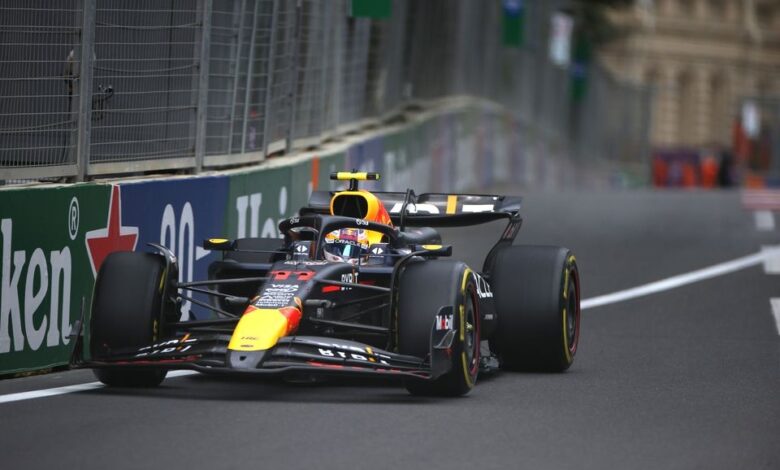Red Bull’s RB21 will be an ‘evolution’, team explains wind tunnel limitations

Red Bull is planning an evolution of its current RB20 car for 2025, believing that investing in a bold revamp is not worth it.
With the Milton Keynes-based squad locked in a tight championship fight with McLaren, it is mindful that, if it does not make solid gains this winter, it could risk an even more difficult campaign next year.
However, a combination of cost cap limits, plus the need to ramp up efforts for the new rules revolution coming in 2026 when Red Bull will run its own engine, has prompted it to step away from doing anything radical.
Speaking about how the squad was dealing with the different requirements of now, next year and 2026, team boss Christian Horner said: “In this business, you’re always juggling and you’ve got to put one foot in front of the other.
“You can’t project too far into the future. Long term in F1 is about two and a half months and, basically, what we learn this year is relevant to next year.
“So next year’s car will be an evolution of this year’s car. I mean, there’s many components of last year’s car that have been carried over into this year, because with the way the cost cap works, unless there’s significant performance upgrade, it doesn’t make sense [to change].”

Max Verstappen, Red Bull Racing RB20
Photo by: Simon Galloway / Motorsport Images
Engine challenge
Red Bull’s decision to not overstretch itself with car changes for next year comes as it ramps up to run its first F1 engine from the start of 2026.
It has invested heavily in its new Red Bull Powertrains division, which it is convinced will bring it gains despite the huge costs.
“It is by far our biggest challenge,” added Horner. “We’ve created a start-up business, aggressively recruited 600 people into it, built a factory, put in the process and brought a group of people together to work within a Red Bull culture that has been so successful on the chassis side.
“Of course, many have come from other teams, competitors and suppliers in F1, and that’s a massive undertaking to get 600 people and all your processes, your supply chain, everything geared up to deliver for two teams in ’26.
“We also have the benefit of a great partner in Ford Motor Company and that relationship is working very well. But inevitably there will be short-term pain, but there is a long-term gain of having everything under one roof with engineers.
“We’ve already seen the benefit and the difference of having chassis and engine engineers sitting essentially next to each other as we start to integrate the ‘26 engine into the ‘26 car.”

Red Bull Ford Powertrains
Photo by: Red Bull Content Pool
Wind tunnel factor
As Red Bull has dug deep into the factors that have hurt the progress of its current RB20, problems with wind tunnel correlation have been exposed.
It comes with the team still operating from the same Bedford facility that it has used since it entered F1 in 2005.
While work has begun on a new state-of-the-art facility at its Milton Keynes factory, that is unlikely to be up and running before 2026.
Horner insisted that Red Bull was always mindful that, while it has upgraded Bedford over the years, it is not as technically advanced as more modern facilities.
“We’ve always known the limitations of the tunnel,” he said. “But I think as we’ve really started to push the aerodynamics of these cars now and you’re into really fine margins, then the limitations show themselves up.”
He added that committing to invest in its new wind tunnel was only possible once it became clear that the idea of outlawing teams from using such facilities had been abandoned.
“There was a point in time that wind tunnels could have been banned,” he said.
“There was a discussion about whether that was going to be the case, and whether CFD would overtake it or not.
“Adrian [Newey] held off pushing for a new tunnel until there was clarity on that. But it got to a point where Aston Martin wanted a new tunnel and the FIA changed their stance.
“So it was a question of: ‘Look, we have to do this, and we have to do this now, because the regulations dictate that, within a cost cap, the tunnel that we’re running is grossly inefficient.’”
Asked what the challenges Red Bull faced with its Bedford tunnel were, Horner said:“We’ve got a facility that is a 60-year-old wind tunnel. It is a relic of the Cold War.
“It’s been good enough to produce some fantastic cars for us over the years. But it has its limitations.
“So anything under five degrees [centigrade], we can’t run it. Anything over 25 degrees, it becomes pretty unstable.”






